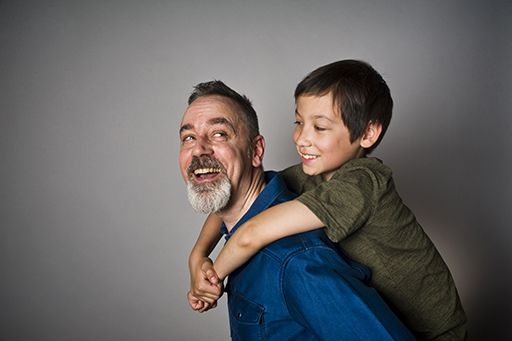3.1 Life span theory
Terms such as ‘the life course’ and ‘life span theory’ are both used widely in the literature on development and change. These terms challenge common assumptions that individuals follow a fixed linear life cycle and that only children and young people experience development. Although there may be some confusion surrounding the difference between life course and life span, these theoretical perspectives are complementary and can be used together to understand development and growth as being lifelong, multidimensional, contextual and dynamic.
Life span theory acknowledges that, across the life course, humans are influenced by many different social structures, relationships and experiences, leading to continuities and discontinuities in development. This was an extension of a prevailing early twentieth-century view that human development occurred exclusively during childhood and youth. In the late twentieth century, it was acknowledged that existing theories provided an inadequate explanation of adult lives:
New and difficult questions were raised about continuity and change in adult lives over time, about social settings that structure movement through these years, about connections between lives, time, and place, and how to handle these complexities in theory and research.
Life span theory as developed by Baltes (1987) covers the period from conception to death. It perceives development as a continuous and dynamic process involving transitions during which individuals adapt to new contexts and circumstance. For example, it considers the influence of culture, socio-economic circumstances and history.

